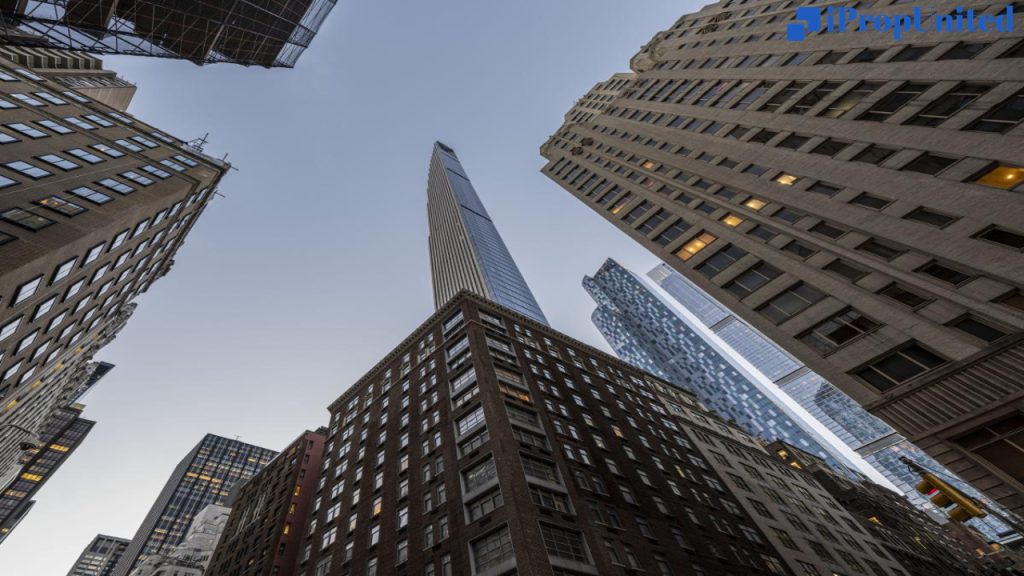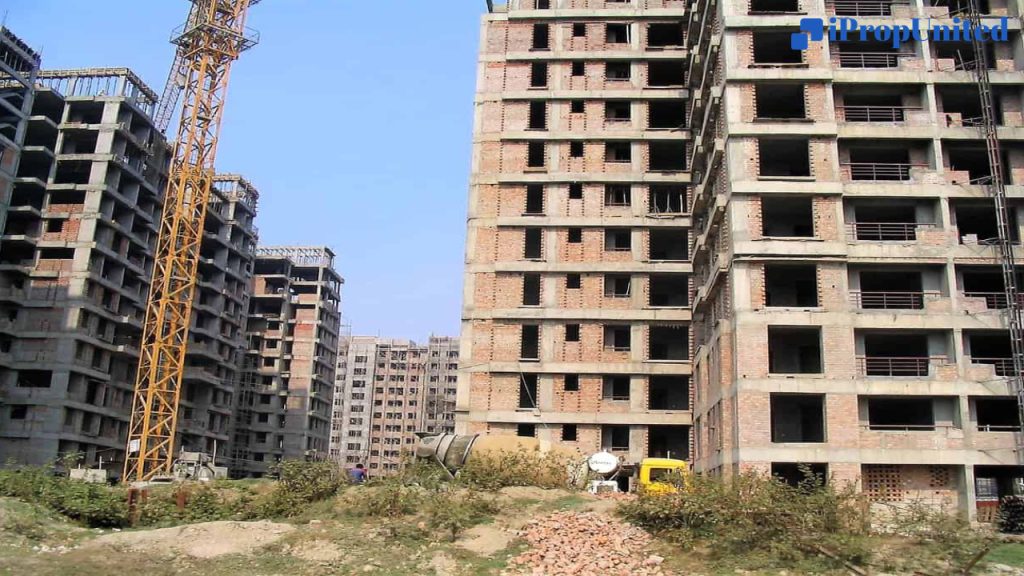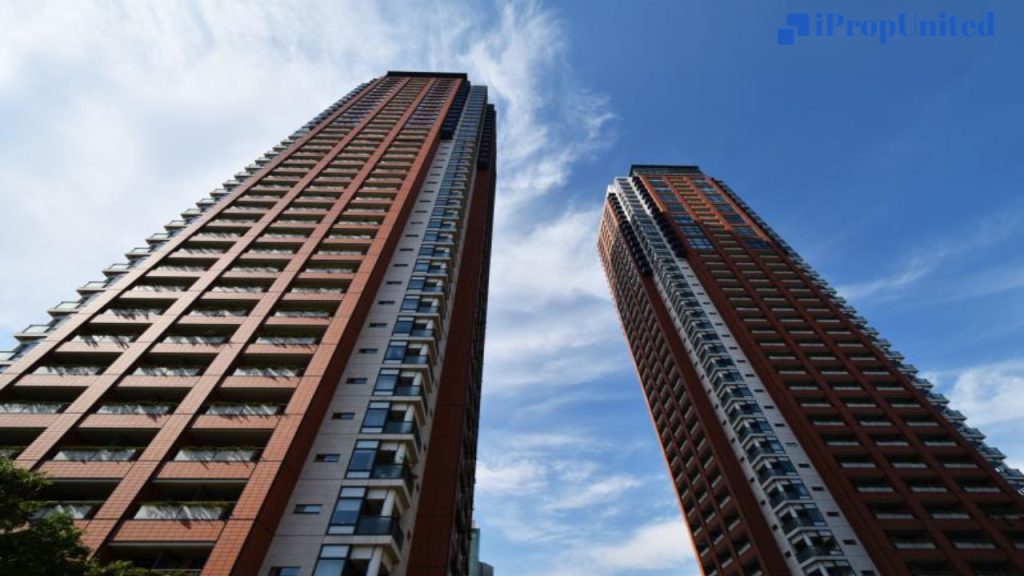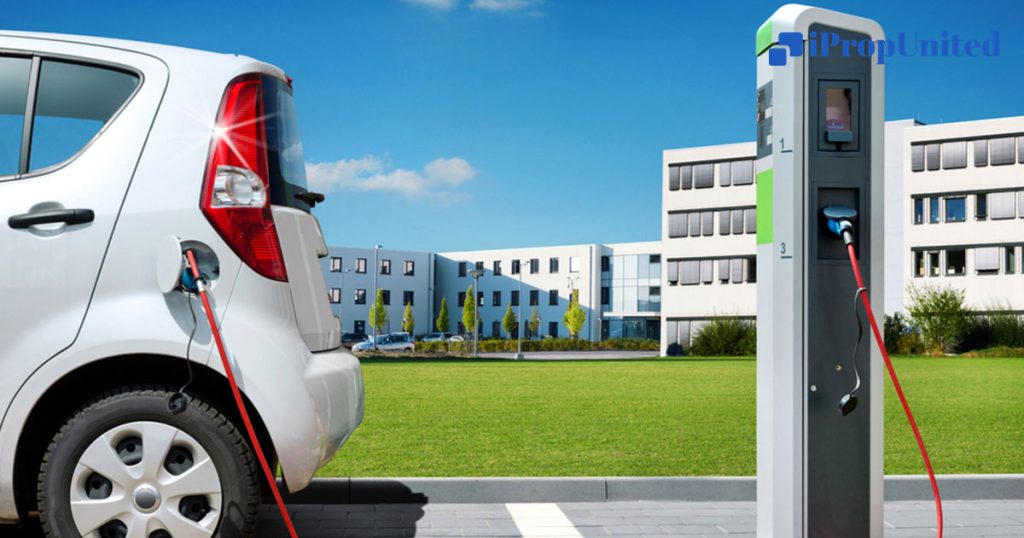The Indian government is contemplating the introduction of a pan-India card for construction workers and a comprehensive restructuring of the Building and Other Construction Workers (BOCW) Scheme. The aim is to expand its coverage and utilize its funds to provide broader social security, including a pension scheme, according to a senior official.
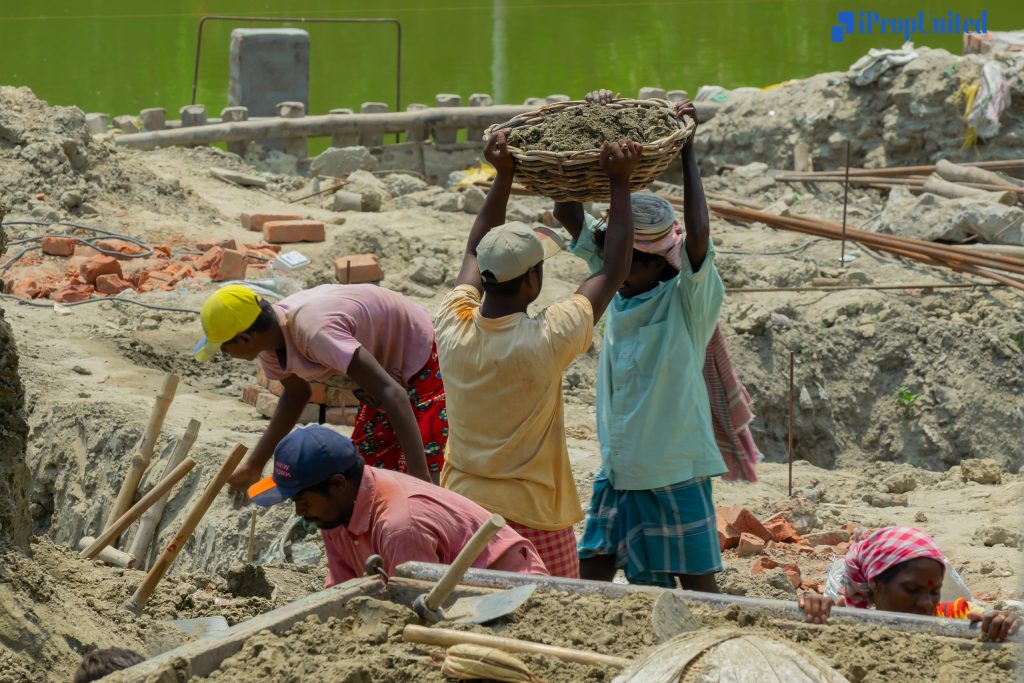
The official informed ET, “The substantial corpus available under the BOCW fund can be utilized to finance the social security of millions of unorganized workers. However, the current scheme lacks portability between workers and benefits.”
To address these limitations, an internal committee has been established within the Ministry of Labor and Employment. Its primary objective is to examine the restructuring of the BOCW scheme, expand its coverage, and enable the portability of benefits, particularly for migrant workers.
As part of the proposed revamp, the ministry is considering eliminating the mandatory requirement of working for 90 days to avail of the scheme’s benefits. Additionally, it plans to simplify the registration, renewal, and other enrollment processes under the scheme to ensure the inclusion of all construction workers, the official stated.
The Building and Other Construction Workers Act, of 1996, mandates state governments, through their state welfare boards, to formulate and implement schemes for the safety, health, and welfare of construction workers.
Presently, different states have varying eligibility criteria for accessing benefits under the BOCW scheme. This inconsistency poses a significant challenge for migrant workers in the construction sector who seek to enroll in the scheme.
The BOCW fund is financed by a 1% cess on the construction cost of infrastructure projects, whether undertaken by the government or the private sector. This cess is collected by states and deposited into the welfare fund.
Currently, states have accumulated unutilized funds exceeding ₹40,000 Crore under the scheme. Collectively, the state governments have collected over ₹78,000 Crore through the BOCW cess scheme, with nearly ₹38,000 Crore already allocated for expenditure.
The proposed pan-India card and pension scheme for construction workers aim to enhance social security measures and address the existing challenges faced by workers in the sector. The government’s efforts seek to provide better support and welfare benefits to this vital workforce.
Follow and Connect with us: Twitter, Facebook, Linkedin, Instagram

